Abstract:
Alterations in the composition of the gut microbiota are associated with several diseases. The use of antibiotics has been a strategy to study the impact of the gut microbiota on the host. The aim of the study was to evaluate the effect of antibiotic treatment on the metabolism of mice. Six-week-old male C57BL/6 mice were fed a control diet (CD). At the age of 7 weeks, they were randomized into 2 groups, assigned to receive vehicle (CD, n=6) or antibiotics (CD+ATB, n=6). Were administered ciprofloxacin 0.2 g/L and vancomycin 0.5 g/L, from the 10th to the 15th week in drinking water. In the 12th week, an oral glucose tolerance test was performed, and at the 15th week mice were euthanized, the liver was collected for histological analysis and blood was collected for evaluation of biochemical parameters. Analysis of gut microbiota by sequencing of the 16S rRNA gene were extracted from feces and collected before and at the end of antibiotics treatment. Body mass did not change to treatment with ATB, while weight gain had a non-significant increase due to treatment with ATB. However, antibiotic treatment for 5 weeks did not modify energy intake. Treatment with ATB promoted an improvement in glucose tolerance, compared with CD. At the end of the experiment, the composition of the gut microbiota in CD group was 35% Firmicutes, 8% Bacteroidetes, 7% Proteobacteria, 43% Verrucomicrobia, 7% Actinobacteria, presented greater representation of the species Lactobacillus murinus for the phylum Firmicutes, Bacteroides xylanisolvens in the phylum Bacteroidetes, Akkermansia muciniphila in the phylum Verrucomicrobia. Antibiotic treatment significantly modified gut microbiota composition. In the CD+ATB group, the final composition was 51% Firmicutes and 49% Proteobacteria. The CD+ATB group had a predominance of the species Pediococcus pentosaceus and Lactobacillus reuteri in the Firmicutes phylum and Helicobacter bílis in the Proteobacteria phylum. Although the Helicobacter bílis is associated with multifocal chronic hepatitis, the Pediococcus pentosaceus ameliorate Nonalcoholic fatty liver disease (NAFLD) progression and Lactobacillus reuteri alleviated liver injury. This may be one of the factors that no change was observed in liver morphology and liver enzymes, Alanine transaminase (ALT) and aspartate aminotransferase (AST). Antibiotic treatment promoted improvement in glucose tolerance, this can be related the greatest predominance of Lactobacillus reuteri, which is associated with improved glucose metabolism. In addition to liver enzymes (ALT and AST), cholesterol, triglycerides and HDL were evaluated, with no statistical difference. Our findings suggest that changes in gut microbiota composition may be involved in metabolism changes related to antibiotics treatment. Further studies are needed to clarify the extent and mechanisms underlying these effects and thus reaffirm the role of gut microbiota in controlling metabolic homeostasis.



